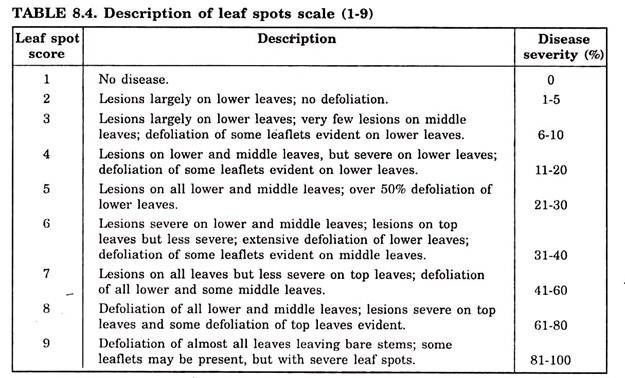In this article we will discus about the models for post-transcriptional gene silencing (PTGS).
Production of dsRNA from inverted transgene repeats and single copy transgene triggers PTGS. It was proposed that dsRNA would be act as template for an RNA-directed RNA polymerase. Atleast four models have been proposed to explain induction of PTGS. First model is known as threshold model explains multicopy insertion or highly expressed single gene in the threshold concentration.
According to this model, plant cells exhibit surveillance system that can detect mRNA expressed above as certain concentration and acts as templates for RDRP. The viral resistant plants contains high number of transgene copies which results in the transcription of high amount of transgene mRNA.
This high concentration of mRNA is easily sensed by plant cells and initiate sequence specific process of transgene mRNA degradation. Second model transgenes are inserted as multicopies. Which trigger ectopic pairing and inturn induce methylation. The whole process is culminated in premature termination of transcription.
Production of this type of RNA known as abberent RNA. The truncated RNA transcript acts as template for RDRP. The third model envisages of inverted repeat transgene integration duplex formed by the mRNA (self-complementation) is template for RDRP (Fig. 20.3). Analysis of transgene organisation reveals that silencing occurs in plants containing inverted-repeats. (IR) of the transgene.
The palindromic sequence formed by IR is able to activate production of abberant RNA (abRNA) from endogenous homologous via ectopic pairing. Recent studies on PTGS of nitrate reductase (NR) genes strongly suggested that the active transcriptional status of NR genes is indispensable for co-suppression of NR (trans) in transgenic tobacco plant.
In the last and forth model modification (or methylation) is done to the endogenous gene by ectopic pairing and methylate transgene in inverted repeat and an endogeneous gene. Thus modified endogenous gene produce truncated mRNA, which acts as template for RDRP.
Once the transgene mRNA produced. They are potentiating to silence same sense endogenous gene transcript as viral genomic RNA. This is due to plant encoded RNA dependent RNA polymerase which produces small RNA molecules (cRNA) is complementary for transgenic mRNA. The small cRNA potentiate the degradation of the target RNA.
Hybridization occurs between their two and target for their degradation mediated by dsRNA or the endonucleases that cleaves ssRNA, which is present adjacent to the dsRNA duplex. The co-suppression takes place by sequence-specific RNA degradation within cytoplasm suggested that PTGS related RNA degradation takes place within cytoplasm.
The possibility of gene silencing by dsRNA has been studied for both virus resistance and co-suppression. In one of the case studies plant expressing transgene sense mRNA derived from virus crossed with plant expressing antisense mRNA of the transgene. Each parent is actually susceptible to virus infection because it contains single hemizygous transgene.
All progeny that inherent both sense and to antisense transgenes are resistant to the virus. The PTGS absolutely requires dsRNA and therefore recognise only mRNA that has larger regions of self-complementary. These are produced by read through transcription of transgene in an inverted repeat configuration. The small cRNA produced by RDRP can easily escape the nucleus to potentiate the degradation of cytoplasmic RNA (Fig. 20.4).
Execution of post-transcriptional gene silencing of endogenous or reporter gene have been described in transgenic plants containing sense or antisense transgenes. In these transgenic plants, either co-suppression or antisense appears to be induction of surveillance system within plant that specifically degrades both transgene and target RNA.



